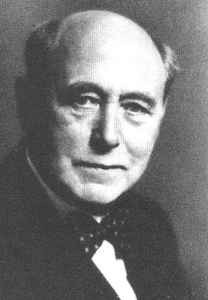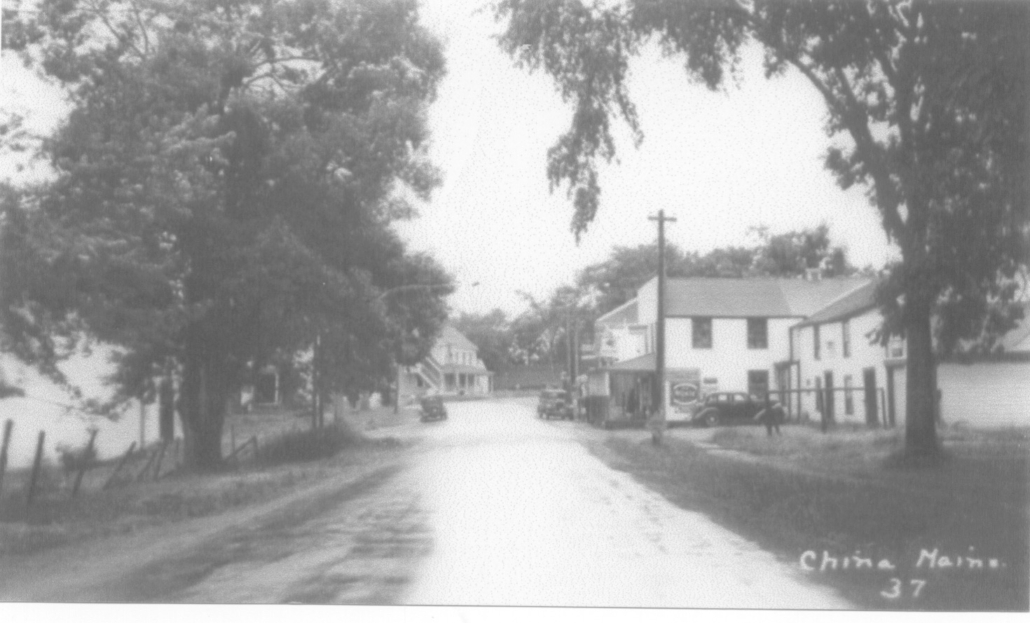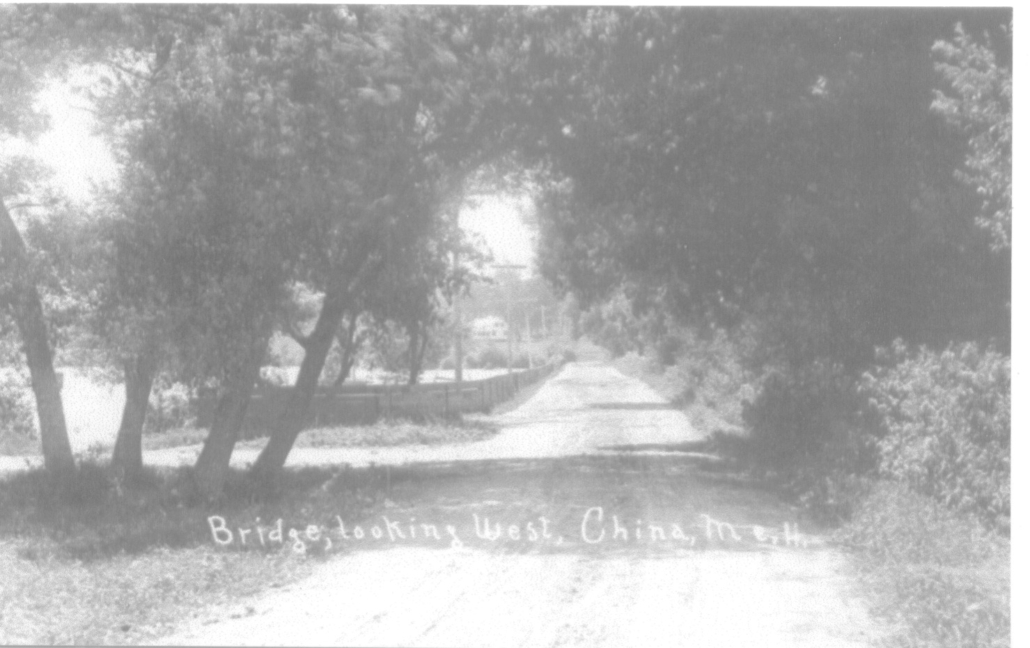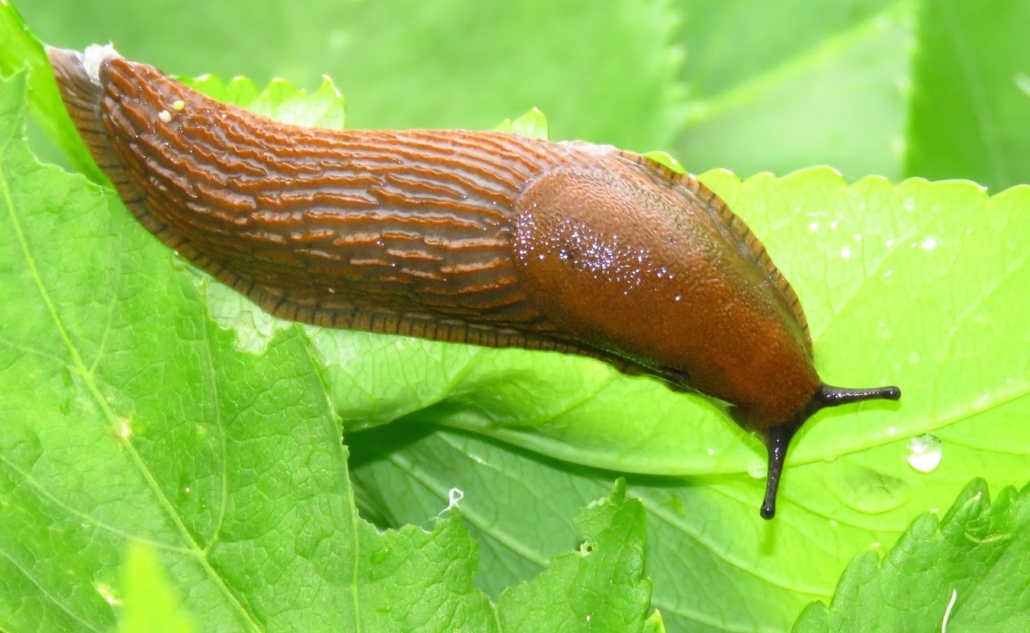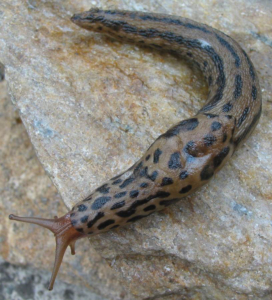I’M JUST CURIOUS: Smiles from children
 by Debbie Walker
by Debbie Walker
In Country Woman magazine, in its March/April 2003 issue, I read such a cute page and decided I would share it with you. We all need things to laugh about these days. Laughing helps to lower stress and aids in weight loss (if that’s the case I should be skinny!). Please enjoy the following:
After my husband showed our grandson the green beans he had planted. Ryan, 3, wondered “where are the jelly ones?” (Wanda Wyatt, Arkansas.)
Chatting with my granddaughter ,4, I listed the many chores I planned to do that day. “Whew,” she responded, “What you need is a Mom!” (Beth Tayson, Idaho.)
My three-year-old great-grandson came to me wearing his baseball glove and said, “Grandma, let’s play catsup.” (Wanda Thompson, Missouri.)
Explaining Colorado’s location to our grandson, his mother said it was above his home state of Texas. Promptly, Colton gazed skyward and said, “I didn’t see it!” (Nancy Roath, Colorado.)
At report card time, I told our young son he’d be rewarded for bringing home straight A’s. “That’s a sure thing,” he noted confidently. “My teacher makes all her A’s straight!” (Reba Martin, New Mexico.)
I even have one about my niece, Haliegh. It was close to her fifth birthday. I said, “Aren’t you excited, you’re going to be five years old.” She promptly told me, “NO. I don’t want to be five, I only know how to be four! ” (me) ”
“Why didn’t you have any kids, grandma?” Michael, aged 4, asked, “When I told him his mom and uncle are my children he replied “I mean kids you get to keep.” (Linda Isaacs, Oklahoma)
Thrilled by a book about dinosaurs, my then-young niece told her sister, “we should ask grandma and grandpa if they took any pictures.”
One chilly morning we passed a field full of newly-shorn ewes. “Look, mom” our four-year-old son noted with a shiver, “those sheep aren’t wearing their coats!” ( Rachel Wellman, Michigan.)
When I told the little girl I babysit for that I was going to color my hair, she responded, “You can borrow my crayons!”
Eager to share a safety rule he’s learned, grandson Chad, 3 , advised, “In case of fire, stop.. drop… rock and roll!”
One day, grandson Hunter and I were studying family photos when he piped up, “that boys wearing my face!” He was looking at a picture of his daddy at age three.
Defending why he liked to sleep with a night light, our then four-year-old reasoned, “it helps me see my dreams better.”
Catching me mumbling about how his baby sister had cried and fussed all day, my four-year-old pointed out, “she’s just doing her job.”
I’m just curious if you remember some of the stories you have heard over the years? How about sharing some of yours? Contact me at DebbieWalker@townline.org with questions or comments. Thanks for reading and have a great week!




